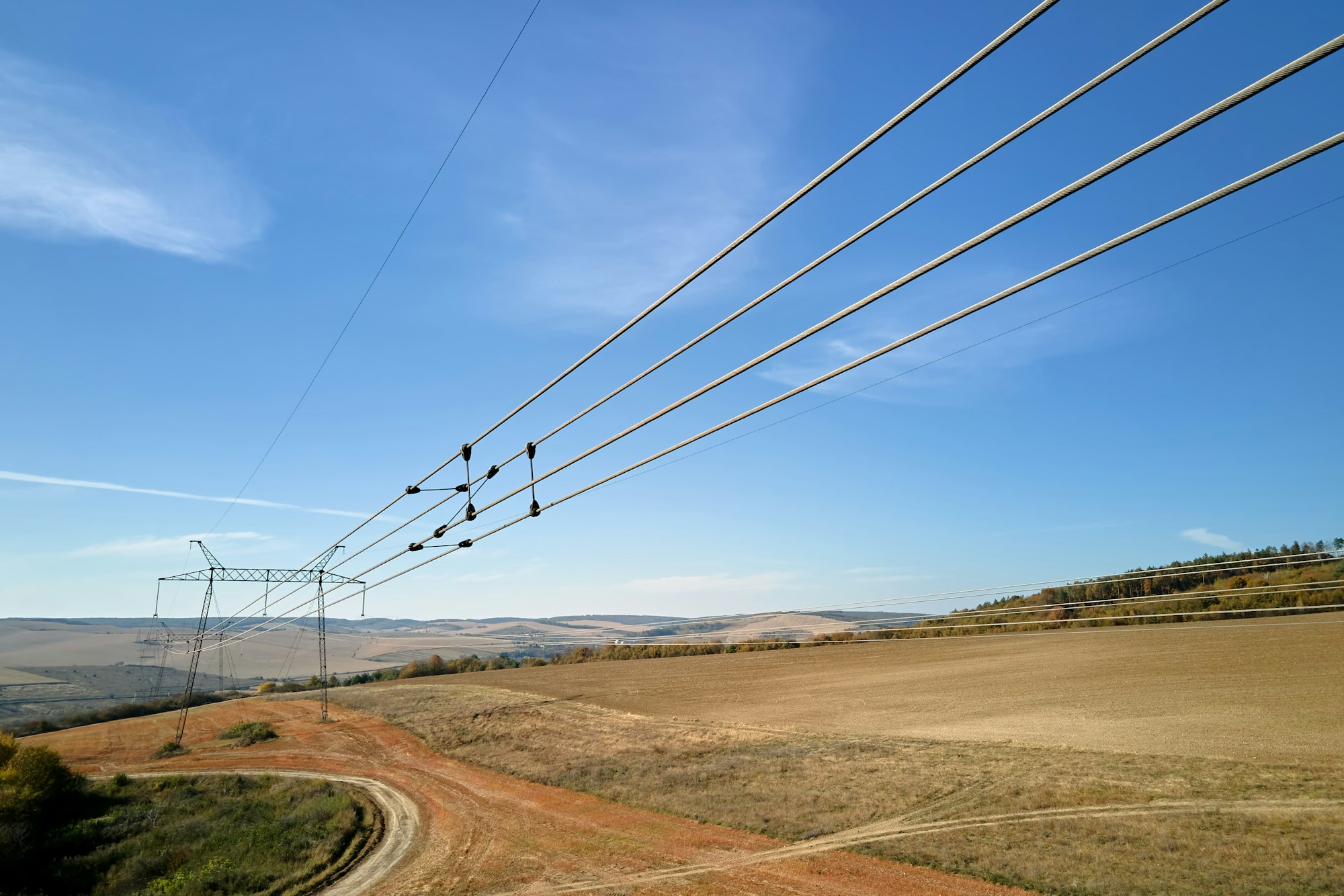Understanding AI’s Environmental Costs
Data centers that run AI systems like Google’s Gemini and OpenAI’s GPT-4 use a lot of electricity, which leads to a lot of carbon emissions. The International Energy Agency thinks that by 2026, data centers might use as much electricity as a big country like Japan does today. Besides using lots of power, building and moving the equipment needed for these centers also adds to carbon emissions.

How AI Affects Energy Use
Experts think that by 2030, data centers might use 4.5% of all the energy produced globally. They also use a lot of water—enough to compare to how much water England uses in a year.
What Experts Say About AI and the Environment
A report from the UK government on AI safety says that how much carbon is released depends a lot on where the energy comes from. Even though tech companies are trying to use more renewable energy, a lot of the energy for AI still comes from burning fossil fuels. Companies like Amazon are buying lots of renewable energy to try to fix this.
How Renewable Energy Helps
Using renewable energy is really important, but we might not be doing enough. The COP28 agreement in 2023 set a goal to triple renewable energy by 2030, but right now, it looks like we’ll only double it. This could be a problem as we need more and more energy for AI.
Building More Renewable Energy Projects
Setting up renewable energy sources like wind and solar farms can be quick, usually taking less than six months. But, things like government delays and problems getting materials can make it take longer. Building energy projects in the sea or big water projects takes even longer because they are more complicated.
The Challenge of Getting Enough Renewable Energy
As AI needs more power, it’s really important for tech companies to put more money into renewable energy projects. This will help make sure we have enough clean energy to meet the growing demand.
Making AI More Energy Efficient
Some new AI projects, like DeepMind’s Chinchilla, are trying to use less power by being smarter about how they use data and design their models. But even if these AI systems use power more efficiently, it doesn’t always mean they use less energy overall because they might do more things with that energy.
Tackling AI’s Big Appetite for Energy
If energy costs more, you’d think people would use less of it. But the tech industry has a lot of money and might keep growing and using energy despite higher costs, which could keep energy use high.
Let’s dive into the environmental issues and impacts of AI on energy use, and learn what experts think and what might be done in the future for a more sustainable way of developing AI technologies.

FAQ
1. Why do data centers used for AI consume so much energy?
Data centers used for AI operations like Google’s Gemini and OpenAI’s GPT-4 require vast amounts of electricity to power and cool the numerous servers running complex algorithms. This high energy demand results in significant carbon emissions and contributes to global energy consumption.
2. How can renewable energy help reduce the environmental impact of AI?
Renewable energy sources, such as wind and solar power, produce electricity without emitting carbon. If AI data centers use more renewable energy, their carbon footprint can be significantly reduced. However, the challenge lies in scaling up renewable energy production quickly enough to meet the growing energy demands of AI technologies.
3. What are some ways to make AI more energy-efficient?
Innovations in AI technology, like DeepMind’s Chinchilla project, aim to optimize data use and model size, which can reduce the computing power needed for training AI systems. These improvements can lead to more efficient energy use, though they don’t always mean a decrease in total energy consumption as advancements often expand AI capabilities.
Sources The Guardian


